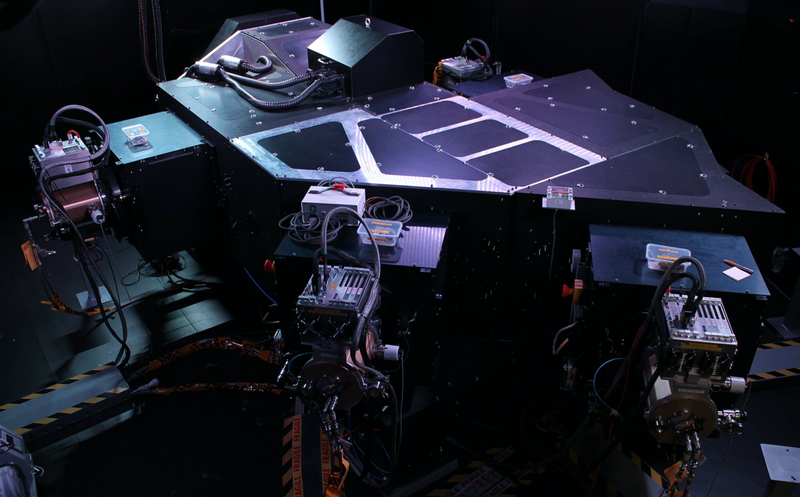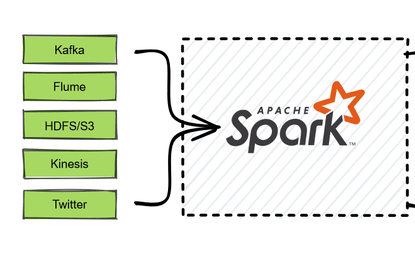
Work & Personal Projects
- All
- Blog
- Case Study
- Data Visualization
- Machine Learning
- Neural Networks


A Deep Generative Model for Stellar Spectra: A Case Study in Machine Learning

My Journey in Health Tech: Building Secure Healthcare Solutions in Barrie with metricHEALTH

CarePal: Developing an Award-Winning AI Companion at the Georgian College Hackathon

AutoML vs. Deep Learning: A Case Study in Forecasting Iowa’s Liquor Sales

Case Study: How does a bike-share navigate speedy success?

Case Study: A Century of Natural Disasters: Unveiling the Global Impact, Trends, and Response

Real-Time ETL : Apache Spark and Kafka Enterprise Data Processing

Creating Neural Networks from Scratch Using Numpy and Math
